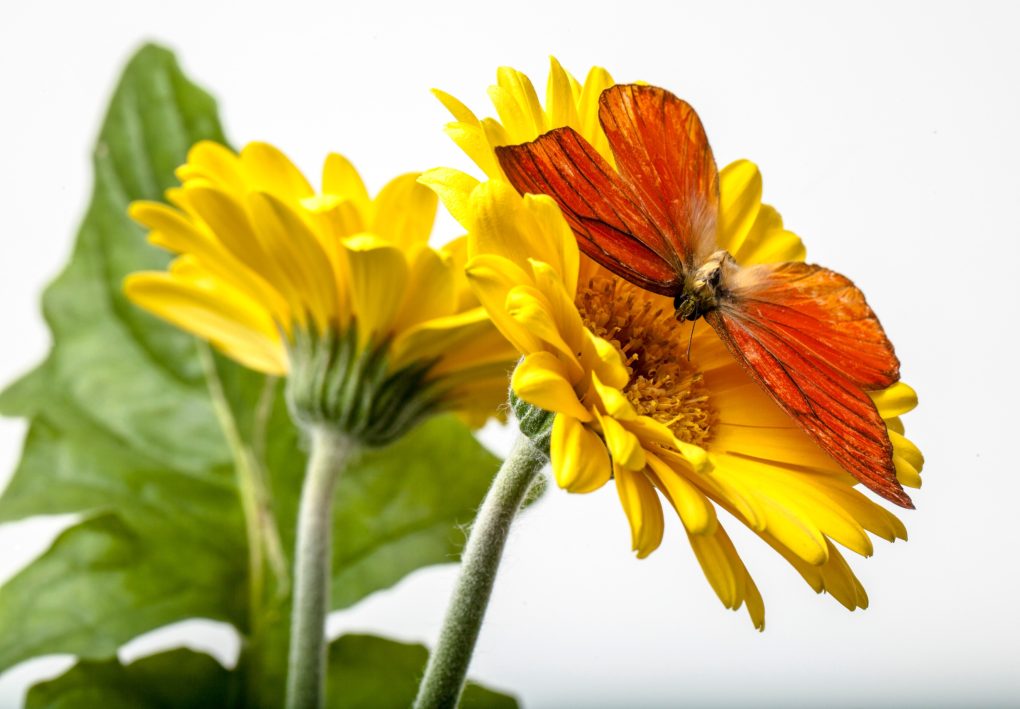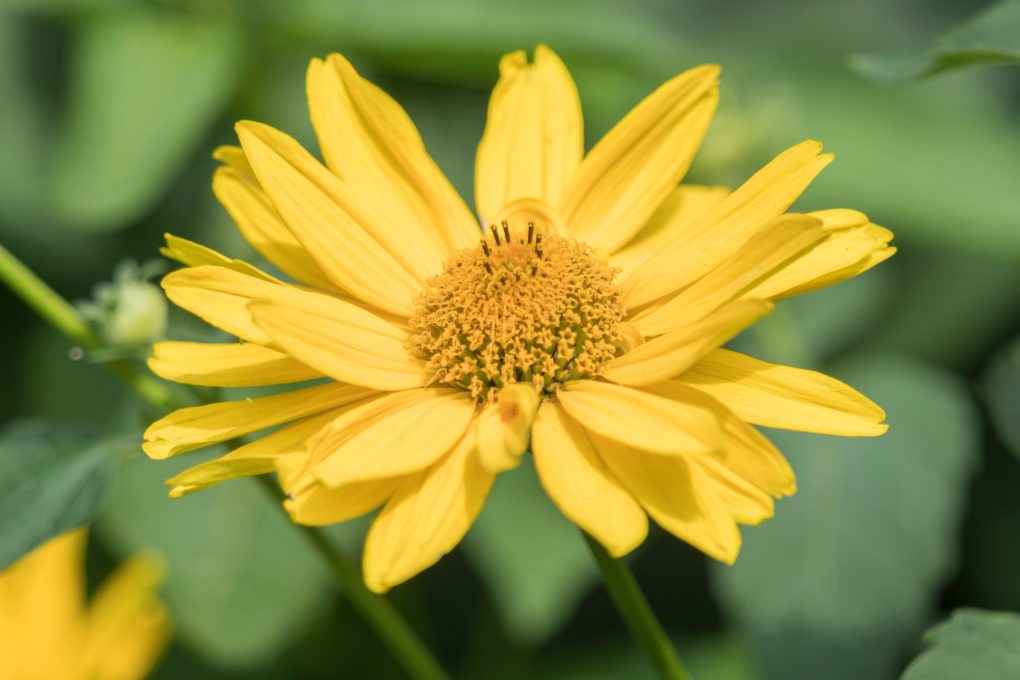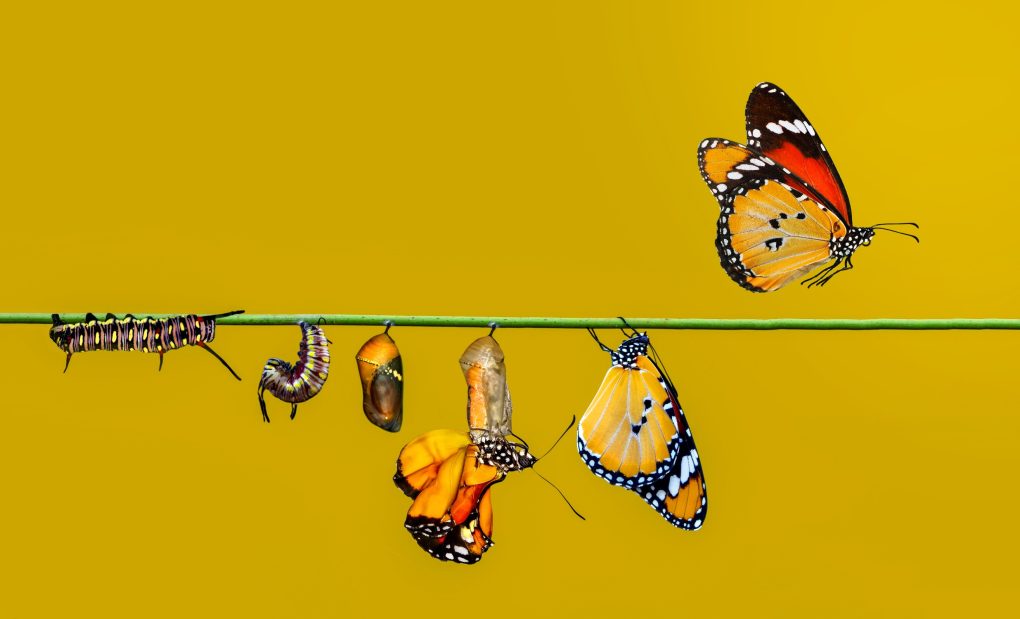Do Gerbera Daisies Attract Butterflies? A Guide to Understanding Their Relationship
Gerbera Daisies attract butterflies. These vibrant, colorful flowers are popular among gardeners who want to invite these beautiful insects into their gardens.

The bright colors and abundant nectar of Gerbera Daisies make them highly appealing to butterflies, which rely on both visual cues and aromatic scents to locate their food sources. Planting these flowers in your garden can help promote butterfly populations while adding an extra touch of beauty to your outdoor space.
Aside from attracting butterflies, Gerbera Daisies are easy to grow and maintain. They are popular for cut flowers and can be grown indoors or outdoors. Gerbera Daisies need plenty of sunlight and well-drained soil to thrive. They can bloom for several months with proper care, providing a beautiful addition to any garden or home.
Table of Contents
Factors that Attract Butterflies to Flowers
When attracting butterflies to your garden, certain factors can make your flower-filled space a true butterfly haven. Understanding these factors can help you create an environment that is both visually stunning and enticing to these delicate creatures. Here are the key elements that attract butterflies to flowers:
1. Nectar Availability
Butterflies are naturally drawn to flowers that provide a rich source of nectar. Nectar is their primary food source, providing them with the energy they need for flying and reproduction. When selecting flowers to attract butterflies, choose species with ample nectar production. Examples include:
- Lantana: This flowering plant produces vibrant clusters of nectar-rich flowers, attracting butterflies with their colors and sweet scent.
- Butterfly Bush: As the name suggests, this bush is highly attractive to butterflies, and its cone-shaped clusters of flowers offer abundant nectar.
- Purple Coneflower: Also known as Echinacea, this flower boasts large, daisy-like blooms that butterflies find irresistible.
2. Flower Shape and Color
Butterflies have specific preferences regarding the shape and color of flowers. They are particularly attracted to:
- Bright Colors: Butterflies are more likely to be drawn to flowers with vivid, eye-catching hues like red, orange, yellow, and purple.
- Flat or Clustered Blooms: Flowers with flat or clustered blooms provide a larger landing area for butterflies and make it easier for them to access nectar.
- Tubular-Shaped Flowers: Some butterfly species have long snouts (mouthparts) that are well-suited for extracting nectar from tubular-shaped flowers, such as salvias or honeysuckles.
3. Host Plants

In addition to nectar, butterflies require host plants for laying their eggs and providing food for caterpillars. Different butterfly species have specific host plant preferences. By incorporating host plants into your garden, you can attract butterflies at all stages of their life cycle. Some common examples include:
- Milkweed: Monarch butterflies rely on milkweed plants as their exclusive host plants. Planting milkweed will attract monarchs and support their entire life cycle.
- Parsley: Black swallowtails lay their eggs on parsley, attracting these beautiful butterflies to your garden.
- Nettle: Certain species, such as red admirals and comma butterflies, use nettles as their host plants.
4. Sunlight and Shelter
Butterflies are ectothermic creatures whose body temperature depends on the external environment. To warm up and remain active, they require access to sunlight. Make sure your butterfly garden receives ample sunlight throughout the day.
Moreover, butterflies also need sheltered areas to rest and seek protection from harsh weather conditions and predators. For example, incorporate shrubs, trees, or other structures that provide shade and refuge for these delicate insects.
By considering these factors and incorporating them into your garden design, you can create an enticing habitat for butterflies. Not only will you enjoy the colorful and graceful presence of these creatures, but you will also contribute to their conservation and the overall health of your garden ecosystem.
Observations of Butterflies on Gerbera Daisies
Throughout our study, we closely observed the interactions between butterflies and Gerbera daisies. These flowers’ vibrant colors and unique structure make them a potential attraction for butterflies. Here are our key observations:
1. Butterfly Diversity
We noticed a diverse range of butterfly species visiting Gerbera daisies. Among the most frequently observed were:
- Monarch butterflies (Danaus plexippus)
- Painted lady butterflies (Vanessa cardui)
- Swallowtail butterflies (Papilio spp.)
2. Nectar-Feeding Behavior
Butterflies exhibited a strong affinity for the nectar produced by Gerbera daisies. We witnessed the following behaviors:
- Landing on the flower petals and extending their proboscis to extract nectar.
- Flapping their wings while feeding, possibly to maintain stability and balance.
- Moving from one Gerbera daisy to another, indicating a preference for these flowers as a nectar source.
3. Visual Attraction
Gerbera daisies’ bright and eye-catching petals play a significant role in attracting butterflies. We observed:
- Butterflies are drawn to vibrant colors, particularly red, orange, and purple shades.
- Increased butterfly activity when Gerbera daisies were in full bloom, suggesting a correlation between flower abundance and butterfly visitation.
4. Resting and Sunbathing
Gerbera daisies served as a resting spot for butterflies between feeding sessions. We noticed:
- Butterflies perched on the flower heads, using them as a platform for rest.
- Some butterflies spread their wings wide open, seemingly sunbathing in the warmth and light.
5. Butterfly Life Cycle

Lastly, we witnessed various butterfly life cycle stages occurring near Gerbera daisies. This included:
- Female butterflies lay eggs on the leaves of the daisy plants.
- The subsequent hatching of caterpillars, which feed on the foliage.
- The formation of chrysalises nearby, as the caterpillars underwent metamorphosis into adult butterflies.
These observations provide compelling evidence that Gerbera daisies indeed attract butterflies. The vibrant colors, abundant nectar, and suitable resting spots make them an attractive option for these delicate creatures.
